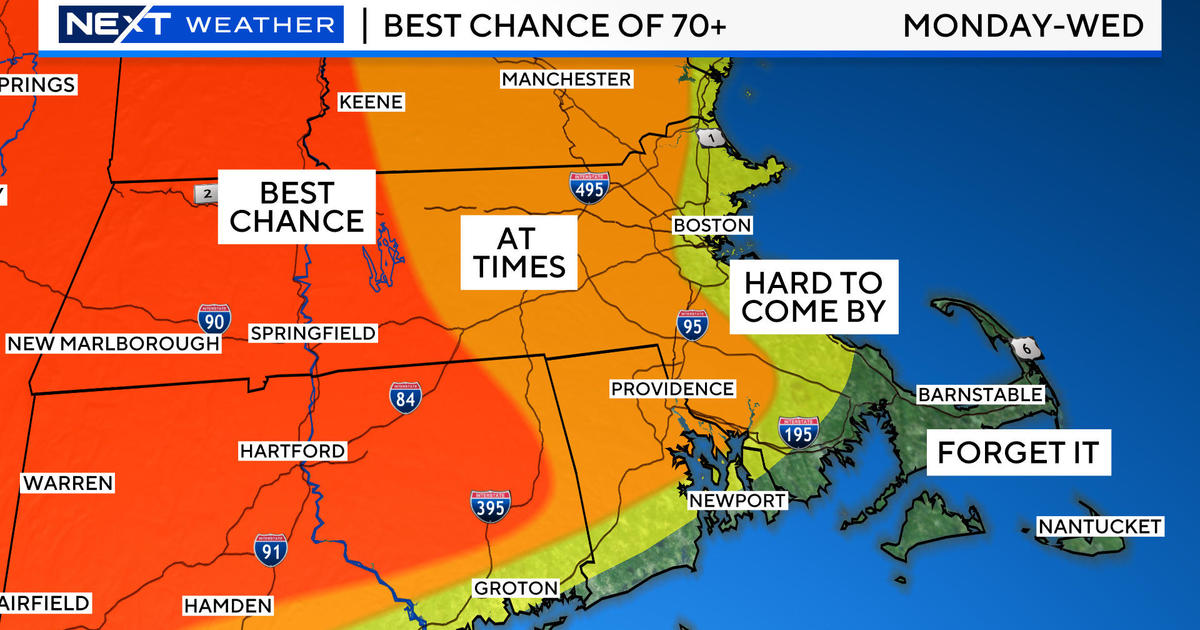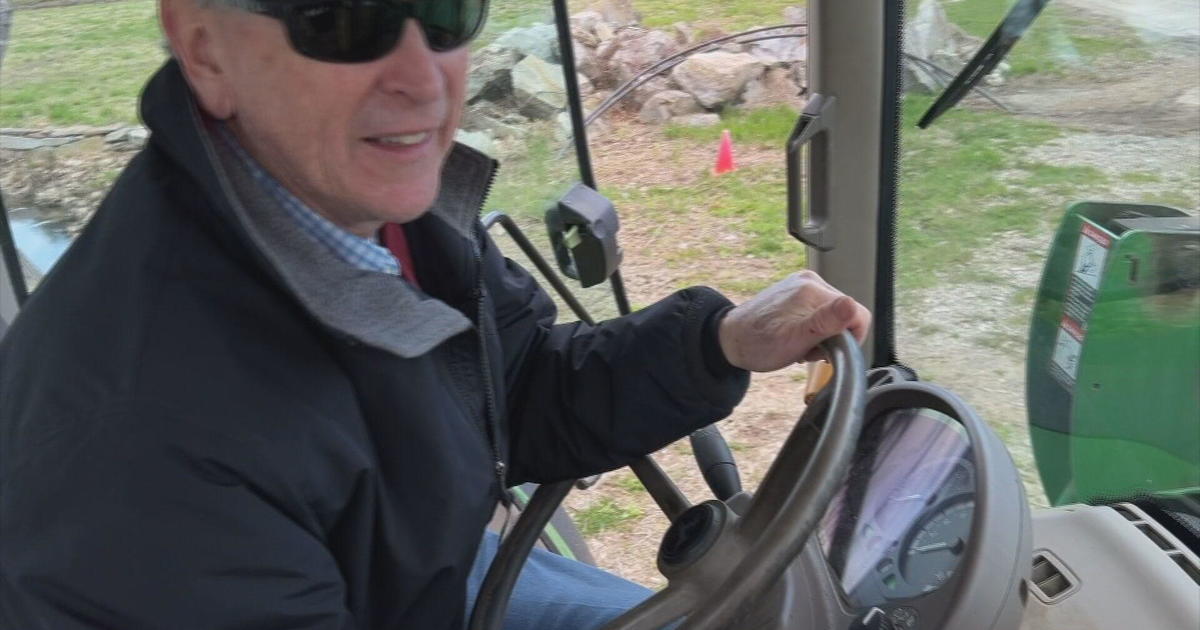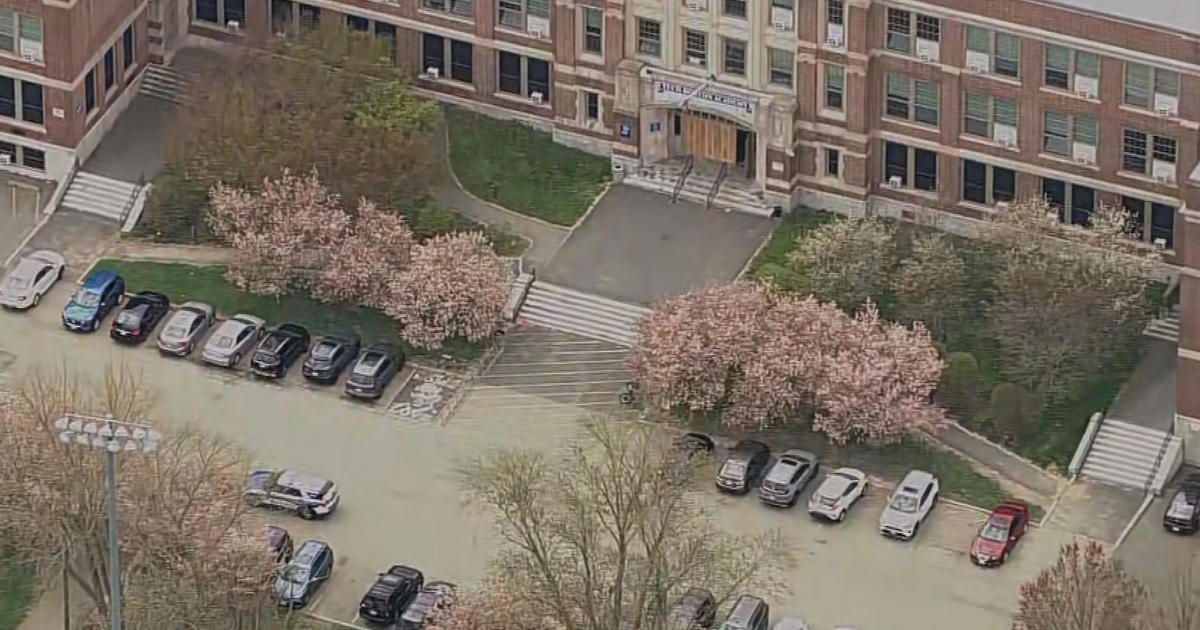The Solar Eclipse - What You Need To Know
BOSTON (CBS) - Unless you've been living under a rock or under full media blackout, you've probably heard something will happen with the sun next week. And that something is pretty awesome.
A total solar eclipse will traverse the lower 48 states from west coast to east coast for the first time in nearly 100 years on Monday, August 21.
While solar eclipses are not rare (there is a minimum of two per year on earth) actually having one near you IS rare. This will be an incredible moment for millions of Americans to have a shot at seeing totality, or at the very least a partial eclipse.
Let's go over some basics and a little personal advice for how to enjoy this beauty.
What Is An Eclipse?
A solar eclipse occurs when the moon links up directly in the path of the sunlight heading toward earth, effectively blotting it out.
They only occur during a 'new moon' phase. The penumbra is a wide shadow that gets larger the farther away from the sun you are. This is what many people get to witness to varying degree, including us here in New England. If you want the whole experience, the umbra is where you want to set up shop. This is the smaller (only about 70 to 100 miles wide) full shadow that gets smaller from the moon to the surface of the earth and produces totality.
During this time, the skies darkens to a point similar to dusk, with bright stars visible as if settling in for the night after sunset. Night critters like crickets pick up their tune, some animals head to bed, temperatures can plummet, and wind direction/strength can shift. In fact, we will need to adjust our forecast high temperatures down several degrees on eclipse day!

The shadow moves at a hefty speed indeed, but the exact number depends on your location. Due to the geometry of the earth's shape, the shadow moves faster toward the start/end points of the eclipse and slower in the middle. So it will be moving at about 2,410 mph in western Oregon, but 1,502 mph in Charleston, South Carolina.
Either way, this speed means you need to savor the moment.
The whole process takes over a couple of hours, but totality only lasts 2-3 minutes. And fun fact - the shadow comes at you from the west, not the east as you might expect. The moon's orbital velocity is faster than that of the earth. So while the earth's rotation proceeds from west to east with sunrise coming at us from the east, the moon's quicker speed allows the shadow to travel from the west. So a high point looking west is a good spot to set up to see the shadow coming at you!
There are several types of solar eclipses.
Many of a certain age here locally vaguely remember something exciting happening in the 90's. That was an annular eclipse in 1994. This time around, we get a partial eclipse while a line from Oregon to South Carolina will receive the jackpot - a total eclipse.

Source: Timeanddate.com
Is It Worth Attempting To Get Into A Region of Totality?
Yes. Yes it is.
Former Boston meteorologist Bob Ryan wrote a great article about chasing a solar eclipse here in New England back in 1970. Many who witness a total solar eclipse feel something so primal they catch the bug and 'chase' eclipses all over the world. No doubt, thousands from other countries will be in the United States to witness the Great American Eclipse.
Is it easy? No.
Many have had plans for months, if not years. Nearly every location along the path of totality is fully booked with most of those spots well over capacity and left wondering what it will actually be like on eclipse day. Crowds will be huge, logistics difficult. But if you can make it happen, then by all means try.
And if not, you only have to wait 7 years. We'll have a total solar eclipse sweeping by far northern New England in April of 2024! Time to start planning :-)

Do I Need Special Glasses?
Yes and no.
Many have asked if they can wear sunglasses. The answer to that is certainly no - you can suffer severe eye damage attempting it. You wouldn't stare directly at the sun on a normal day and you don't want to during an eclipse either.
This goes for ALL areas, in the partial and total eclipse zones.
The only time you do not require eye protection is during the 2.5 minutes or so of totality. Then by all means, go for it!

I know those eclipse glasses look flimsy and cheap, but the black polymer used in the lenses is about 100,000 times stronger than the lenses of your sunglasses.
When you try a pair on, you should barely be able to see anything at all. You should look for manufacturers approved by the American Astronomical Society (AAS), and those that have the ISO label on them which shows they have been tested and are up to code.
Click here for some of the safety guides from NASA.
You can also use some other methods if you can't score some eclipse glasses. Welder's goggles above shade scale 14 are O.K. but still not recommended.
The old school way to view is to use a pinhole projector. You can make one of these by making a small hole in a piece of cardboard or paper and projecting it on another surface with your back to the sun.
You may also find that nature does this for you! If you position yourself in a spot with trees, the holes between/in leaves will project numerous tiny eclipses on nearby surfaces. This is also a very cool photography opportunity!
Should I Take Photos?
This is a personal opinion, but unless you're a very practiced photographer/professional and have some experience with astronomical events, I'd say no.
For starters, it can damage some photo equipment.
You can also damage your eyes attempting it.
And on top of that, the peak of the eclipse is so short you'll want to spend it soaking in the experience. I love taking photos, and I'm traveling to see the eclipse. But I have no intention of taking my camera with me and sure as hell am not going to try with a cell phone.
This is one of those opportunities to get a brief feeling of the power of nature. Spend those 150 seconds wisely. There will be tons of amazing photos and videos out there for you to look at afterward.

Credit: S. Habbal, M. Druckmüller and P. Aniol
Total eclipse image taken Mar. 20, 2015 at Svalbard, Norway.
What's The Timeline For Boston?
The partial eclipse will get underway in early afternoon and peak at 2:46 pm locally. At this point, you will see the sun being roughly 63-percent eclipsed. And wouldn't you know it, school starts right around the corner! You know a lot of science teachers will be talking this one up right off the bat so kids be prepared.
And make sure to view it safely using the guidelines above. The forecast actually looks very promising at the moment with mostly sunny skies and 80's expected on Monday.
Let's hope that holds on as we lead up to a truly amazing event.





